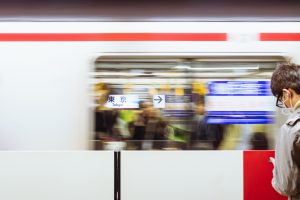
During the the last century urban planners in North America built cities for cars instead of people. The 21st century is literally paying the costs of their misjudgement. Efforts to make streets for people we gaining popularity over the last couple of decades and the pandemic pushed that further.
We’ve seen cities close streets to cars, open new green space, and overall make the urban experience better. Modern urban planners are calling on every city to not only keep the people-friendly infrastructure but to accelerate the development of more.
Our urban parks, streets, and various semi-public and private spaces—from balconies to backyards and roof tops—are critical to maintaining mental, physical, and civic health during quarantine. After the pandemic subsides, I doubt we will readily part from them. Beyond our rekindled love of parks, there is a thirst for a radically expanded and verdant public realm, from living streets to sky gardens. Exciting possibilities are emerging in the overlap of urban design, architecture, landscape architecture, and horticulture.



